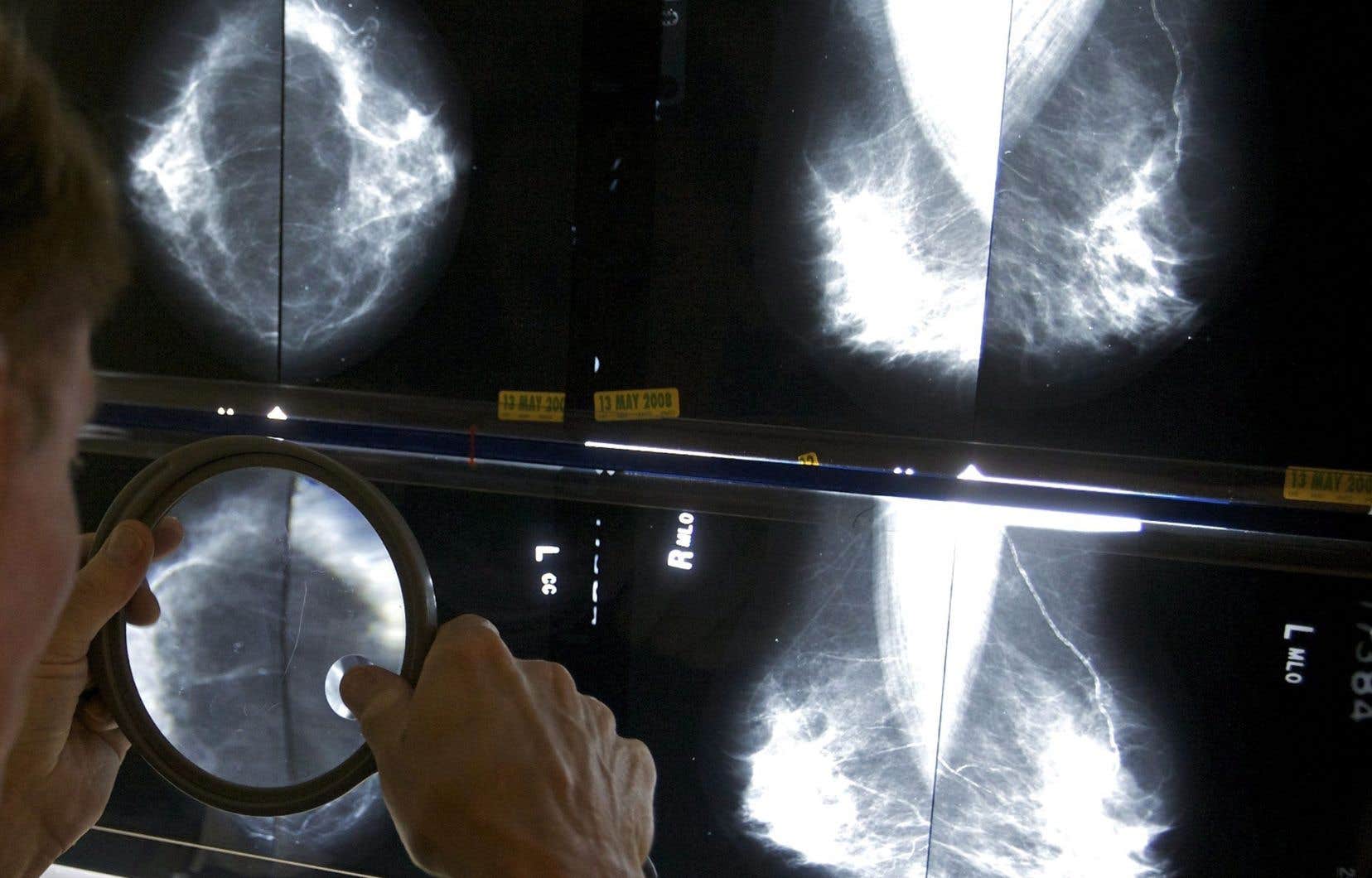An independent US body issuing public health recommendations said Tuesday that women should start mammograms at age 40, not 50, and have them every two years.
Until now, between the ages of 40 and 50, American women were asked to decide individually, based on their background and preference, whether to have mammograms to detect breast cancer.
These new recommendations were first proposed last year and subject to a period of public debate. They are now definitive.
They are issued by the US Preventive Services Task Force (USPSTF), whose opinions are closely followed.
The previous recommendations dated from 2016. The change is justified in particular by the increase in cases of cancer at younger ages.
“More women in their 40s are getting breast cancer, with the rate increasing by 2% each year,” Task Force President Wanda Nicholson said in a statement.
According to this panel of experts, lowering the age to 40 could save 20% more lives.
And the new approach “has potentially even greater benefit for black women,” said Wanda Nicholson.
Black women are 40% more likely to die from breast cancer than white women, says the USPSTF, estimating however that starting mammograms at age 40 will be “an important first step, but not sufficient” to reduce this gap. .
The organization is “urgently” calling for more research into how to reduce inequalities in care, as well as into women with dense breasts.
Having dense breasts, which is the case for almost half of women, increases the risk of breast cancer. But “more studies are needed” to improve their care, according to the organization.
These recommendations concern women up to 74 years old. Beyond that, few studies exist on the benefits and risks of screenings and treatments.
The panel also explains its choice to recommend screening every two years, and not annually.
“Although annual screening may detect some cancers earlier, whether it would improve women’s health or increase the number of harmful outcomes is unclear,” he said. These effects may be the false reporting of cancer, or receiving treatment that is not actually necessary.
The USPSTF also notes that most health insurance plans already cover annual mammograms starting at age 40 for women who want them.
Breast cancer is the second deadliest cancer for women in the United States.
